Humans are not designed to sit for long periods. Doing so can distort the spine, strain muscles, and drain energy levels. A good ergonomic chair can reverse these effects by supporting healthy sitting postures. Adding frequent short breaks can take things to another level. Learn how microbreaks can supercharge the effects of a healthy ergonomic sitting routine.
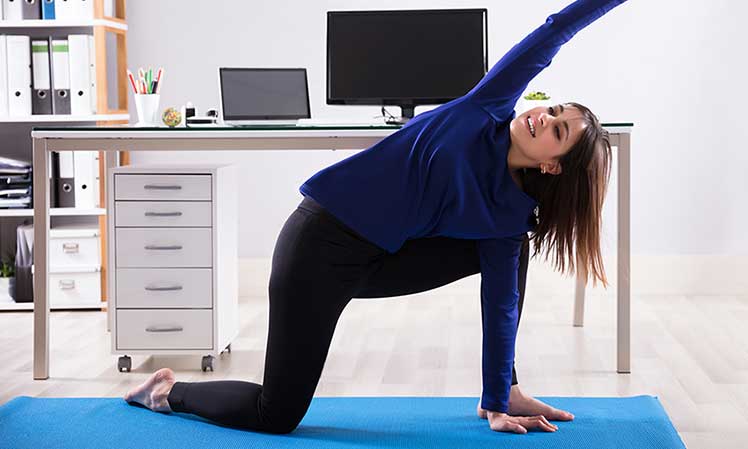
Integrating regular breaks into a deskwork routine yields three important benefits. First, frequent walking breaks help to ward off the dangers of sedentary behavior.
Second, the human brain can only process complex tasks in short bursts. If you push your brain beyond its limit, both focus and performance degrade.
Third, downtime is when the brain does its deepest data processing. By stepping away from a task, your brain gets the time it needs to digest its previous work.
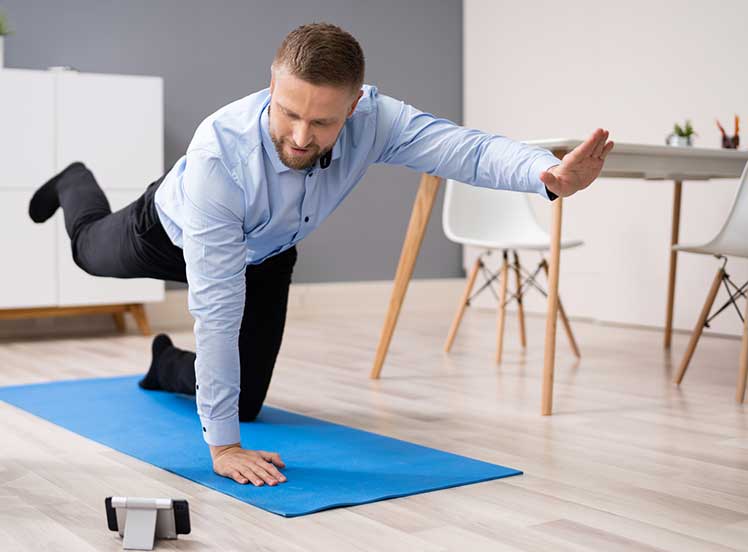
Working against these realities makes full-time sitting a drag. By the end of a workday, you will likely feel stiff, sore, and mentally fried.
In contrast, working in sync with these principles yields tremendous benefits:
- Get more work done in shorter bursts of intense activity.
- Physical activity energizes both the body and the mind.
- Mental downtime is when the brain’s problem-solving skills work best.
This video clip introduces the Ultradian (90-minute sprint + break) solution – within the context of complementary work-from-home benefits:
To learn more on the current status of the work-from-home standards, see this feature:
Summary Of Ergonomic Desk Work Trends
Benefits of Frequent Work Breaks
This section explains how physical and mental efficiency declines when pushed too hard. By taking advantage of this biological reality, desk workers can boost their health and productivity — with less time spent sitting!
Movement boosts physical and mental wellness
A good ergonomic chair will keep your spine in alignment while sitting for long periods. That lessens the physical stress caused by sitting. Even so, it doesn’t change the fact that humans are not designed for sitting!

Sitting for long periods underworks muscles, making them weaker over time. Research has also linked extended sitting with increased blood pressure, high blood sugar, and fat buildup around the waist.
For long periods, the ergonomic solution is to sit in dynamic neutral positions. The neutral aspect looks the same in all types of ergonomic chairs. Sit with your feet planted, your lower back supported, and your head balanced evenly above the shoulders.

The dynamic aspect involves moving while you sit. Neutral posture combined with small position changes is called ‘active’ or ‘dynamic’ sitting.
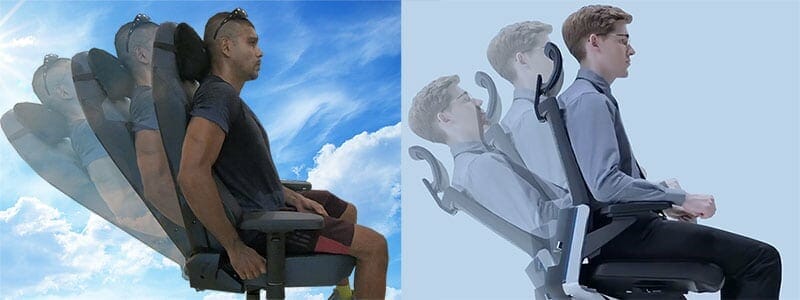
This tactic engages back, leg, and abdominal muscles while you sit. It yields plenty of benefits:
- Better spinal positioning with less pressure on the vertebrae.
- Recurring core muscle contractions burn more fat tissue.
- Increased control and awareness of your body’s position.
Going beyond seated movement
Moving while sitting keeps muscles active. To take this concept to the next level, simply get out of your chair and move your body. That could mean taking a walk, grabbing a drink, or even doing some quick stretches.
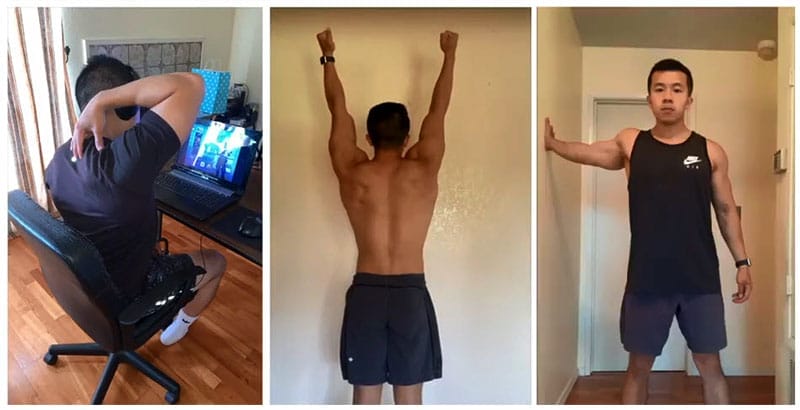
Esports Physical Therapist Dr. Joshua Lee shared the benefits of mini-exercise breaks with ChairsFX. “The body craves movement. Short rest breaks with exercises are like little snacks. Your body can use these throughout a gaming session to keep you energized.”
Gateway to a Massive Brain Boost
If you suffer fatigue while sitting, test this concept. Get up from your chair and walk around. That will stimulate core muscles and improve circulation.
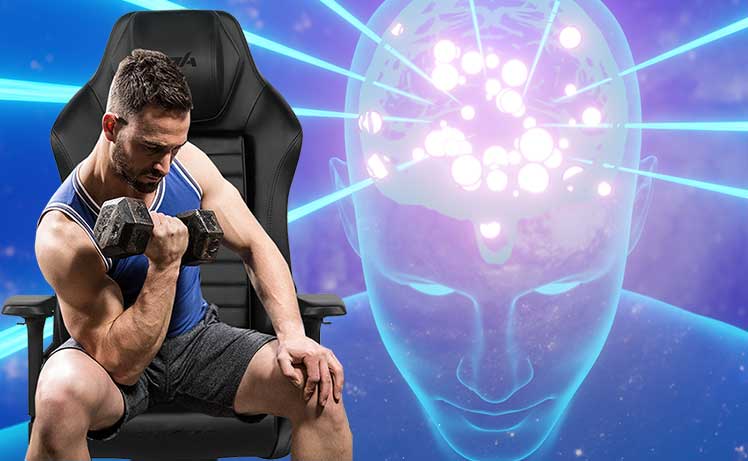
At the same time, stepping away from your task switches the brain from a focused mode to a dreamy, diffused one. That gives it the time it needs to process and store its most recent work.
As a result, when you sit down, you’ll feel more energetic, focused, and mentally prepared to handle your desk work challenges.
Mental downtime supercharges cognition
The brain is a voracious energy drain that is never idle. It functions in two operating modes: focused, and ‘diffused’. In diffused mode, it demands 20% of all energy the body produces. In focused mode, power demands only go up by 5-10%.
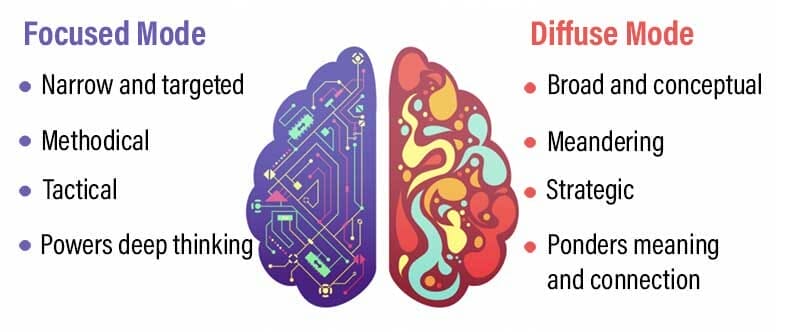
The diffused mode puts the brain in a more relaxed, dreamlike state. This mode swivels powers of reflection away from the external world toward the self. Mental downtime is when the brain can process information.
Next time you stumble with a challenging problem, put this to the test. Take a break, wander around, and let your brain find a solution in its diffused state. It works!
Breaks enhances info processing
Matthew Walker is a UC Berkeley psychologist and sleep researcher. His studies show that fact-based memories are first stored in the hippocampus. During downtime, that information goes to the brain’s prefrontal cortex, which has more storage space.

Dr. Walker likens the process to an email system. When the email inbox in your hippocampus is full, the brain needs downtime to clear out the emails. Until then, new information will bounce when trying to enter the hippocampus.
Power-naps work well
In the work-from-home era, adding short naps is also a potent option. Studies show that daytime naps help to sharpen concentration and accelerate processing.
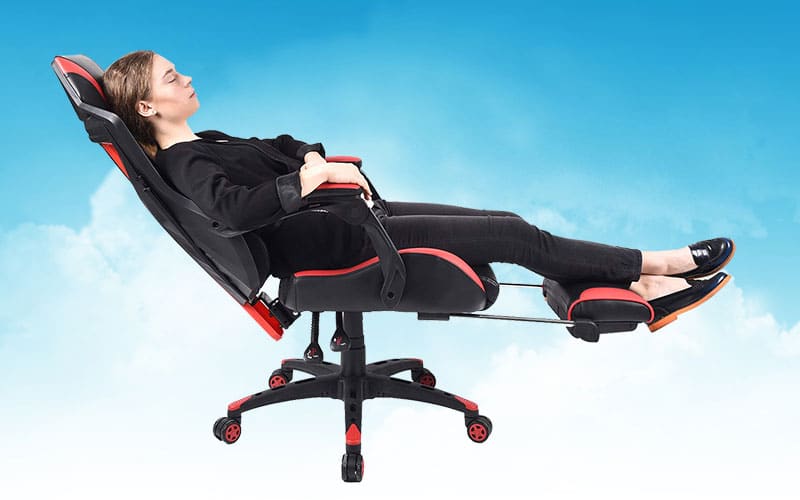
TCM expert Nan Lu, also endorses the power of daytime naps. As the body relaxes, so will the mind. When the mind relaxes, Qi (internal energy) can flow.
Breaks restore focus on long-term goals
Many middle managers equate staff sitting at their desks with ‘productivity’. In fact, the opposite is true! The average goldfish has an attention span of nine seconds.
In the smarthphone era, the average human has an attention span of eight seconds. That is because the brain is not designed for extended focus on one thing.
On top of that, everything you do throughout a workday subtracts from your cognitive resources. In fact, the brain regards constant stimulation as unimportant, so it erases such from awareness.

For instance, most people aren’t aware of the sensation of clothing touching the skin. As the body becomes habituated, the stimulus stops registering in the brain.
Solve Complex Problems By Disengaging
When you start to lose focus at your desk, consider it a sign to take a short break. Doing so will boost your focus and energy levels. Disengaging also gives a better sense of the big picture. Then, it becomes easier to see a broader view.

For example, a Stanford study looked at people facing mental challenges needing imagination to solve. It found that walking yielded more creative solutions than sitting.

In summary, another benefit of taking breaks is that it lets you disengage from an immediate task. That gives your brain time to process information. It also puts your mind in a diffused state that yields a clearer view of big-picture goals.
Micro-break Integration Methods
If you’re new to the concept of taking frequent breaks, here are two easy methods to help you get started:
Pomodoro method
One of the most popular methods is the super-simple Pomodoro method. One 25-minute work session plus a 5-minute break equals one Pomodoro.
- Set a timer for 25 minutes.
- When the timer goes off, take a 5-minute break.
- After four sessions, take a longer 30-minute break.
Ultradian (90-minute) Solution
Working in 90-minute intervals syncs with our body’s natural rhythms. Fifty years ago, pioneering sleep researcher Nathan Kleitman documented the “basic rest-activity cycle“.
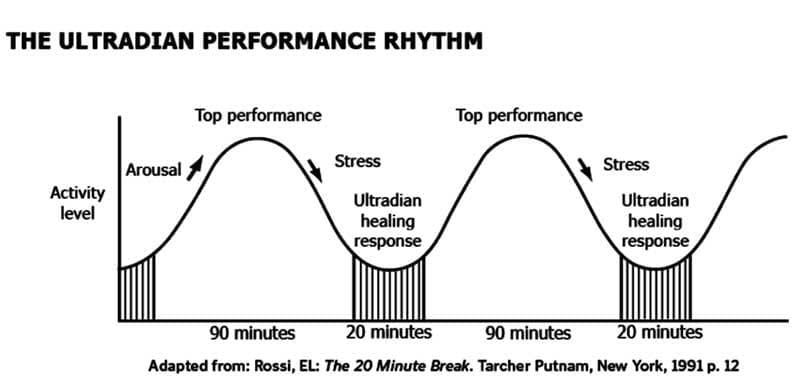
This cycle describes 90-minute periods at night where humans move through five stages of sleep. Kleitman found that our bodies operate by the same 90-minute rhythms during the day. Other researchers call this our “ultradian rhythm.”
The gist is to work in 90-minute blocks and then take a break. An alternative is to break when signs of fatigue emerge. When we need rest, our bodies show symptoms. These include hunger, drowsiness, fidgeting, and a loss of focus.
To override these symptoms, many people use caffeine or sugary foods. Some even rely on stress hormones like cortisol and adrenaline to “power through”. Using the 90-minute solution provides a healthier option that yields more effective results.
Peak performance in 90-minute Blocks
A famous 1993 study of young violinists backs up the 90-minute method. It found that the best violinists all practiced the same way. Each worked in three increments of no more than 90 minutes each.
The study found similar patterns among high-performing musicians, writers, chess players, and athletes. In brief:
- Take a break every 90 minutes for a fast and easy energy boost.
- If you’re feeling drowsy before the 90-minute mark, take a break anyway.
ChairsFX method
Five years ago, I switched from a cheap office chair to a gaming chair. It took me around a month to master healthy neutral sitting habits. That yielded a cascade of wellness benefits.
- Using a gaming chair helped me to improve my posture.
- With improved posture, I gained more energy, which I expended at the gym.
- With improved posture and health, my productivity skyrocketed.
These days, I take a walking break every time I finish a complex task. Sometimes that takes an hour; sometimes it takes 10 minutes. In general, I spend around 15 minutes of every hour walking around.
Here are the highlights of my own desk productivity recipe:
Establish good feng shui
Feng shui is a 3000-year-old Chinese art that means “wind water”. Feng shui design is the arrangement of indoor spaces to achieve harmony and balance. Doing so maximizes the flow of positive energy into a space.

The point is to increase the positive energy in a room to make its inhabitants happier. For purists, there are thousands of details to consider. For desk workers seeking a productivity edge, stick with the basics:
- Clean your office thoroughly before and after work.
- Keep your desk clear of clutter.
- Your desk should face towards the room’s main entrance.
- Working directly in front of or behind a window will drain your energy.
- Keep windows open to ensure that fresh air flows into the room. Add plants for more air cleaning power.
- If outside noises are a distraction, override them with white noise or nature sounds.
- Assemble furnishings that achieve a balance of fire, earth, metal, water, and wood elements.
Following these steps will ensure a clean, welcoming room flowing with positive energy. To learn more, check out our home office setup guide:
Adopt healthy sitting habits
Sitting with poor posture stresses the spine and forces muscles to work harder. From a cognitive perspective, sitting in a powerless, crouched position also stimulates hopelessness. That makes the brain more likely to recall depressive thoughts.

Harvard Prof. Amy Cuddy says this has biological roots tracing back to the animal kingdom. Among all species, body language reflects submission or dominance. When the body curls into a submissive pose, cognitive performance also degrades.
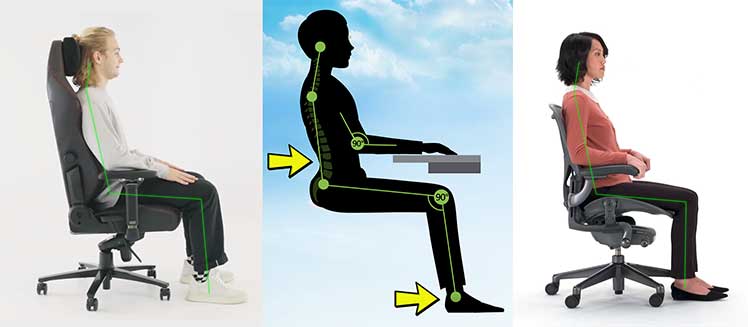
In comparison, sitting with good posture relieves back muscles and boosts energy levels. As a result, sitting this way makes people more alert, engaged, and confident.
Master the art of healthy sitting with this video tutorial:
Take regular breaks
One component of an effective break is psychological detachment. That means mentally disengaging from work thoughts.
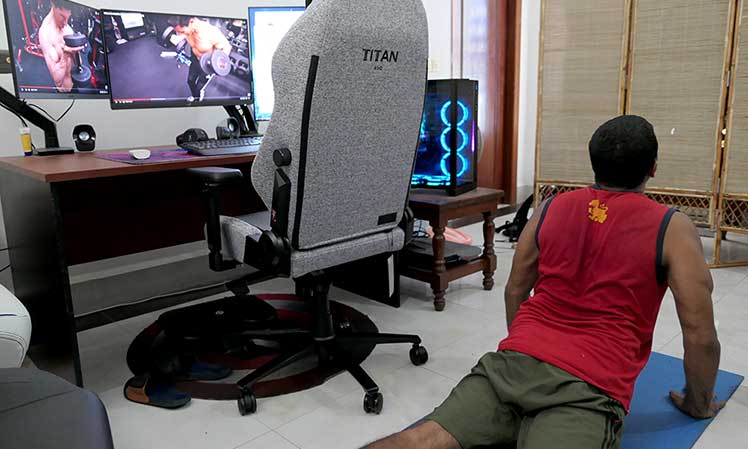
Another key is to embrace positive thoughts while disengaged. That reverses the negative effects of work tasks. It also increases blood flow to the areas of the brain that we use for focus.
By playing around with these concepts, you can develop a custom routine tailored to your needs. These days, my method of break-taking is flexible. Whenever I feel the need, I get out of my chair and move my body. Here is a summary of my approach:
- Break complex work down into chunks. Work through each piece from the most difficult to the easiest. An average chunk should take between 10 to 20 minutes.
- Take a break after completing each chunk of work. Alternatively, take a break whenever you start to lose focus.
- Disengage from the internet. Leave your phone at your desk. Walk with a purpose towards a drink, fresh air, yoga mat, etc.
- Forget about work and focus on positive, healthy sensations. For example, listen to birds chirping, or walk barefoot on grass.
- Return to your desk and settle in. Then, use your clear mind and excess energy to power through another chunk of work.
Conclusion
In the work-from-home era, the concept of taking many breaks through a workday makes sense. With discipline, arranging your work into chunks can yield incredible results. For one thing, working in short bursts with a primed brain will deliver more efficient production.
For another, regular disengagement from the details helps you to see a project from micro and macro perspectives. As well, regular movement will keep your body and mind feeling vibrant, focused, and alert.
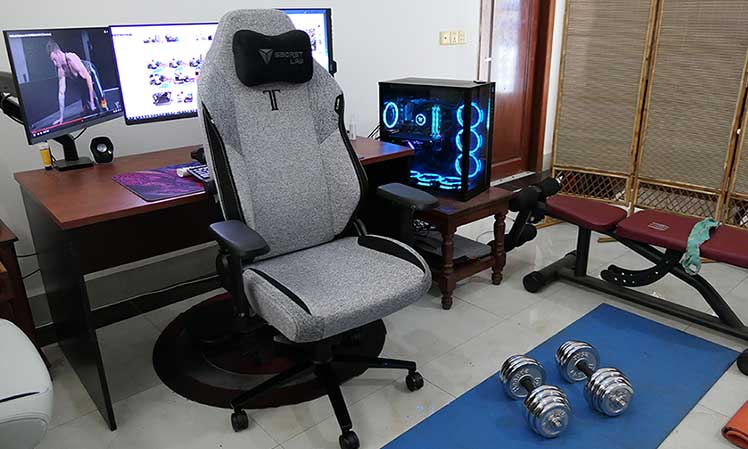
Start your own healthy home office routine with good feng shui, healthy sitting habits, and a good ergonomic chair. Then, make the most of your setup by mixing frequent short breaks into your routine.
Doing so will help you get more work done with less sitting time. On top of that, it will help you to maintain a lithe, lean physique that takes your well-being to a higher level of bliss.




